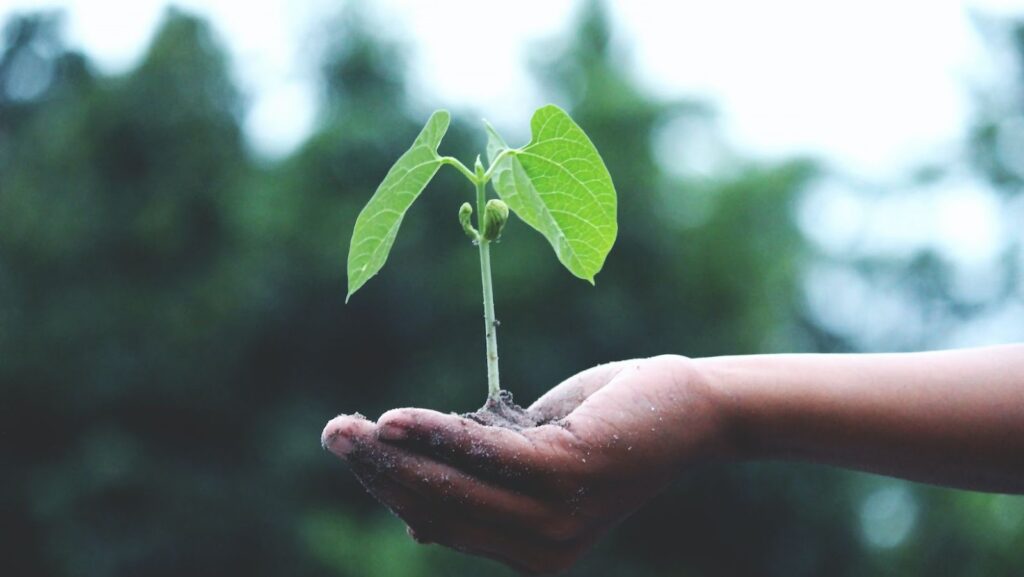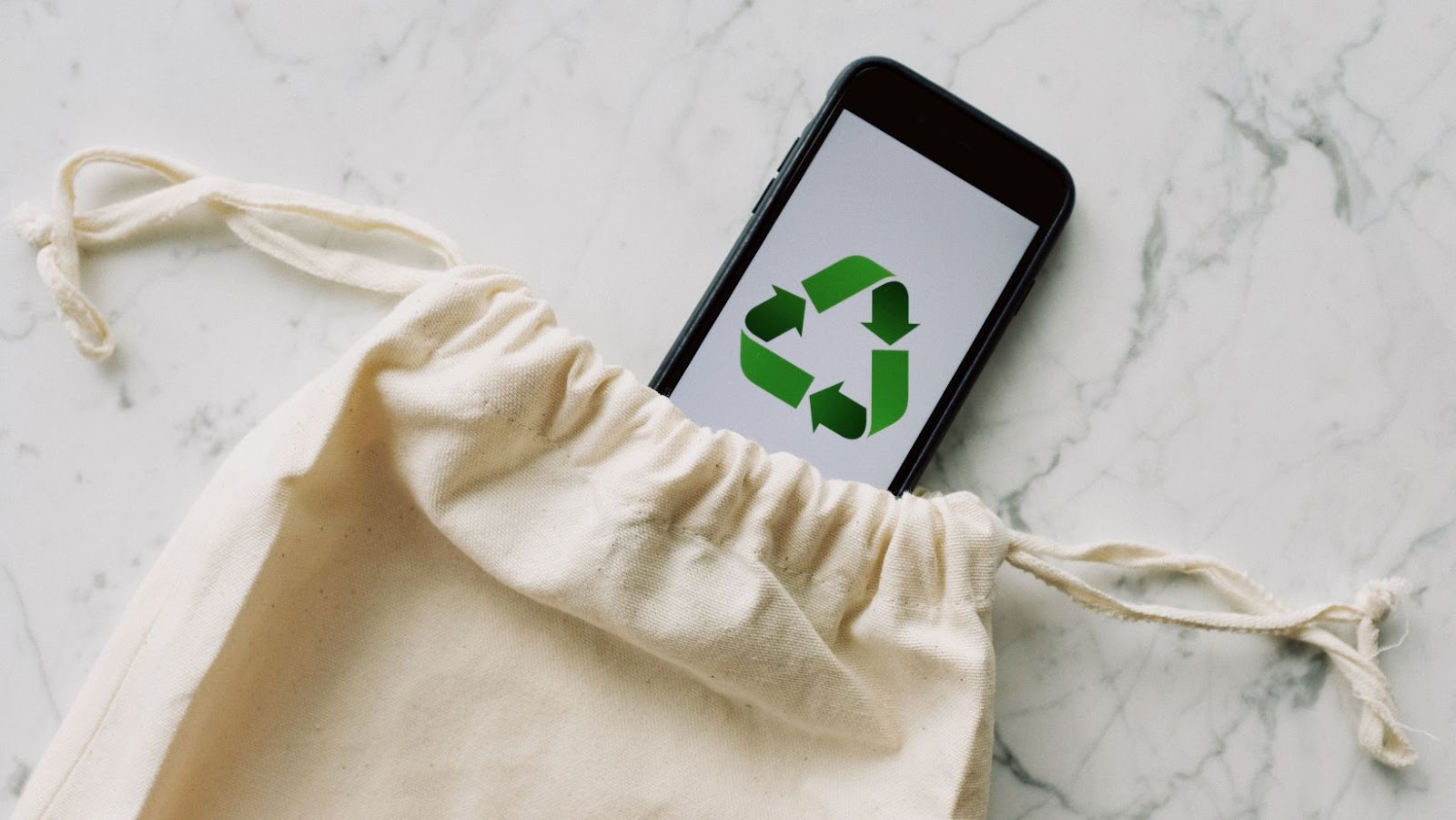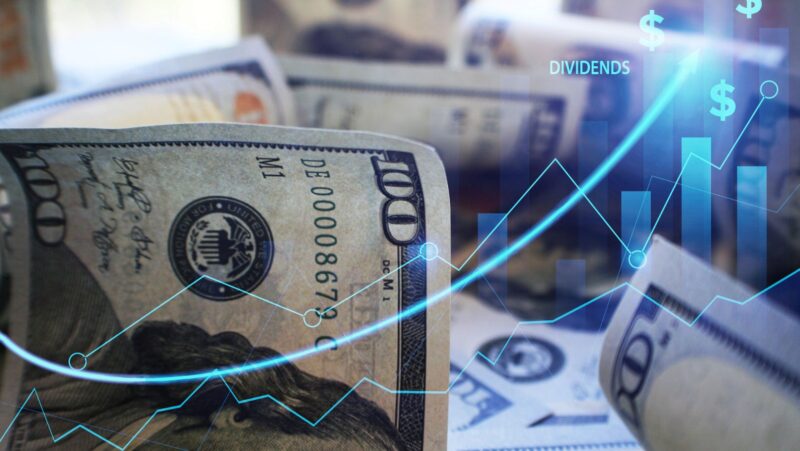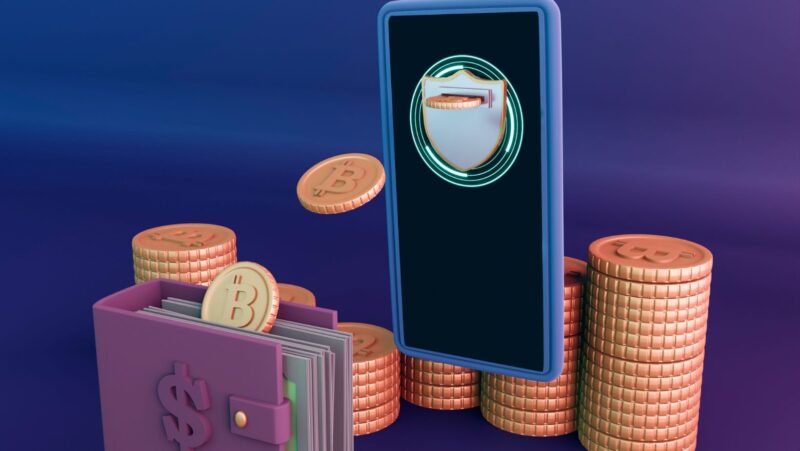
Understanding Circular Economy
A circular economy is an economic model designed to minimize waste, pollution, resource depletion, and the negative impact of our current linear ‘take-make-waste’ mindset. The model promotes the long-term use of resources, products, and materials and reduces the environmental footprint of businesses and individuals. In this article, we will explore the concept of a circular economy, its role in reducing waste and depletion of resources, and its potential positive impact on environmental policies.
The main principles of a circular economy involve implementing systems and changing existing ones in order to lessen the negative impact on the environment. Emphasis is placed on the importance of designing products and services in a manner that minimizes waste generation and pollution at every stage of their life cycle. Rather than disposing of resources, the goal is to use and reuse materials and products for as long as possible, thus maximizing their value and utility. The circular economy model also encourages restoring the health and resilience of ecosystems by maintaining or improving resource quality and adopting sustainable management practices.
Circular Economy in Action
Many industries and organizations are already embracing the concept of circular economy. Textile companies are repurposing post-consumer waste to create new fabrics, thereby reducing waste in landfills and the need for extracting virgin resources. Several electronics manufacturers are adopting modular designs, making it easier for consumers to repair and upgrade their devices, reducing electronic waste. Regarding the food and agriculture industries, initiatives to reutilize plant waste, implement regenerative agriculture practices, and find new ways to reduce food waste, like food redistribution programs, are included in circular economy actions.
As part of the transition to a circular economy, the electricity sector plays a vital role in supporting a sustainable future. By utilizing renewable energy sources and adopting circular practices, utilities can significantly reduce carbon emissions and minimize environmental impact. For instance, the Texas power market has witnessed growth in renewable energy projects and innovative solutions that drive circularity in the energy sector, showcasing the potential benefits of a sustainable approach.
Benefits and Challenges
Implementing a circular economy has many advantages not only for the environment but also for businesses and consumers. By maximizing resource efficiency and reducing waste production, circular economy practices help decrease pollution and the strain on the environment. Reusing and recycling materials and resources can allow businesses to save on production costs and resources. This, in turn, could lead to lower prices for consumers. By promoting new ways of thinking and problem-solving, a circular economy can foster innovative ideas and alternative strategies for businesses to adapt and thrive in the changing market. Many circular economy strategies, like recycling, repurposing, and the maintenance of goods, are labor-intensive and, therefore, can create new job opportunities. Also, by minimizing resource depletion, a circular economy can ensure the availability and affordability of essential resources for future generations.
Despite the numerous benefits and successful examples, there remain some challenges in transitioning to a circular economy. The linear economy model has been deeply ingrained in businesses and societies; therefore, it can be difficult to abandon traditional practices and adopt new strategies. Scaling up the circular economy requires investments in infrastructure, technological advancements, and new systems at the local, regional, and global levels. Finally, governments need to update existing regulations, provide incentives, and support businesses that commit to sustainable practices in line with circular economy principles.
Technology and Consumers
Consumers play a critical role in the success of the circular economy. By choosing to support businesses with sustainable practices, making more conscious purchasing decisions, and engaging in recycling initiatives, consumers can help drive the demand for circular solutions.
Additionally, recognizing the importance of repairing and maintaining goods, rather than discarding them at the first sign of wear, can contribute to longevity and resource conservation.
Technological innovations can help accelerate the adoption of circular economy practices by enabling more efficient resource usage, waste reduction, and materials recovery. Innovations such as advanced recycling techniques, smart waste management systems, energy-efficient manufacturing technologies, and sharing platforms for underutilized assets can all contribute to a more sustainable and circular future.
Moving Toward a Sustainable Future
A circular economy holds the potential to contribute significantly to the United Nations Sustainable Development Goals (SDGs), which aim to address global challenges such as poverty, inequality, climate change, and environmental degradation. By fostering responsible production and consumption practices, reducing waste and pollution, and supporting sustainable economic growth, the circular economy model can promote a more equitable, resilient, and environmentally friendly world for all.
As the global community recognizes the urgent need for sustainable solutions to the pressing environmental challenges, the circular economy model provides a promising framework for reconsidering our approach to production, consumption, and resource management. Although the shift is not without obstacles, concerted efforts from individuals, businesses, and governments can pave the way to a healthier and more sustainable planet for future generations.











